Tell us about your approach to photography. How it all started and memories of your first shots?
Jiehao Su (JS): Photography to me initially was a way to escape from reality, or more precisely, to reconnect with memory in a different way. My mother passed away unexpectedly when I was 18. For the first time I began to reflect on life itself and think about what “life” meant. That year I got my first camera, a TLR, from a friend. I fell in love with it the moment I saw those color slide films on the lightbox. I began to photograph everything in my daily life and the neighborhood, including the campus where I lived which was on the Pearl River in Southern China, a small fishing village near the harbour. I was always lured by the serenity and beauty in ordinary scenes.
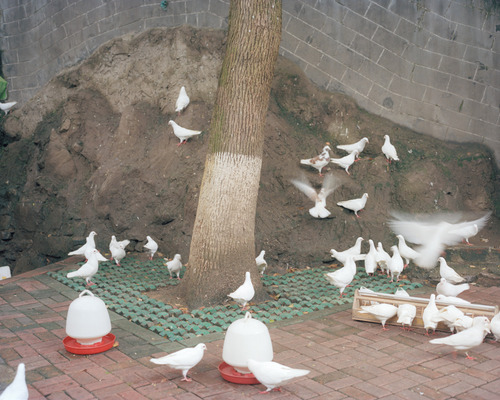
© Jiehao Su from the series ‘Borderland’
How did your research evolve with respect to those early days?
JS: In those early days, photography to me was mainly a way to connect to memory. In 2009, I became a photojournalist for a newspaper after school, shooting one breaking news story after another in China’s third largest city. However, like the Bible says, “there is no new thing under the sun.” After reporting repetitive events everyday for a period of time, I decided to leave the newspaper. Next, my attention in photography shifted from the outer world to my inner self. This is the time when I started the seriesSummer is Almost Gone. In recent years, my perspective has shifted back to the outer world. This time it is with a different perspective. After a few years traveling, I saw myself gradually calming down to the point where I could perceive the world, with a more balanced and reflective standpoint, a more macroscopic and objective view and a more genuine and serious interest. One characteristic that has remained constant throughout my work is the projection of personal memories. In my recent work, although the distance between me and the subject is maintained, an observant viewer will still detect intimacy in these photographs. When I am portraying people, I feel like I am taking self-portraits.
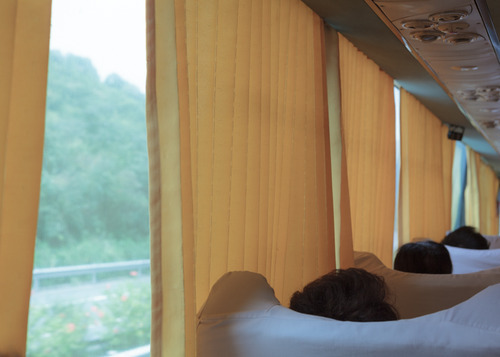
© Jiehao Su from the series 'Summer’s Almost Gone’
Tell us about your educational path and how it affected your relationship with photography?
JS: By the time I got hooked on photography I was already studying other subjects in college. My strong curiosity in photography later led me to pursue training in photography at Beijing Film Academy. Although the study there was more technologically oriented, I nevertheless had a good opportunity to learn about photographic history and other art related subjects which further expanded my knowledge of the field and reinforced my interest to pursue a career in photography. I believe in the ability to learn and grow constantly. At the early stage of my career, I attended several workshops such as the Angkor Photo Workshop, from which I learned how to work as a professional photographer and how to develop my own visual language. I was once supervised by the Magnum photographer Antoine D’Agata. He is really a talented artist with a unique vision. I think these workshops are a good opportunity for young photographers to closely interact with mentors and learn from them.
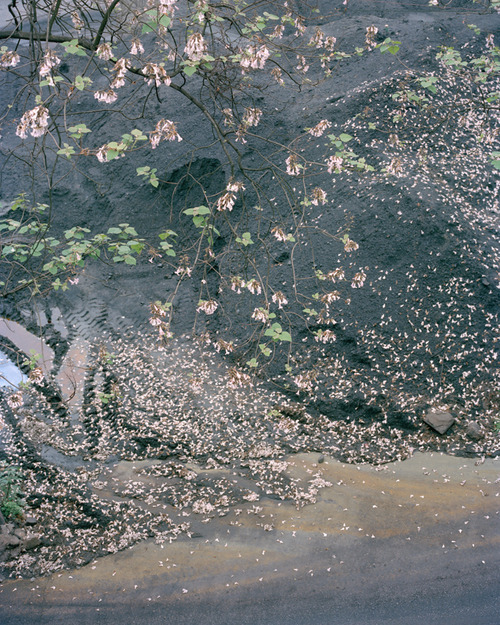
© Jiehao Su from the series 'Borderland’
You have participated to several group exhibitions in China.From your perspective, how would you describe Chinese contemporary photographic scenario?
JS: Although Chinese contemporary photography is a relatively new enterprise, recent years have witnessed rapid developments especially with the rise of some talented and diligent young photographers. In general, Chinese photography still has a long way to go. I think at the current stage it is important for the Chinese photography community to keep an open mind and participate and communicate at the global level.
Could you introduce us to the project ‘Borderland’?
JS: After wandering for a long time in China, I grew increasingly curious about issues of family, homeland, identity and existence. This has led to the initiation of the projectBorderland in 2012, an ongoing project deeply rooted in my personal history. I travel across Eastern and Southern China, and seek the borders of urban and rural areas. I use both fiction and nonfiction as themes in my work to rebuild my self-awareness. With these tools I am seeking to represent a version of home, as well as find comfort in reconnecting with the past. On one hand, Borderland is a personal work of remembrance, tenderness and self-consolation. On the other hand, it also provides my perspective of a contemporary China in its process of urbanization.
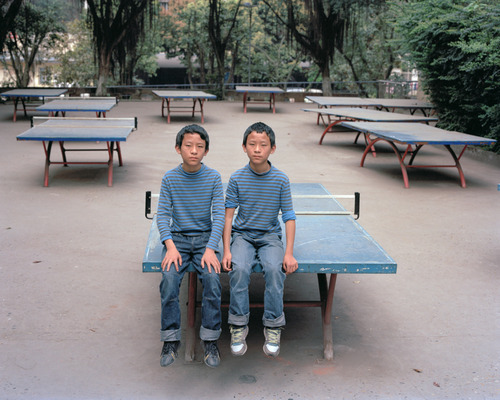
© Jiehao Su from the series 'Borderland’
Your work reflects the desire to tell stories, with strong personal notes. A strong narrative ability that takes us back almost to cinema. What about ‘Summer is Almost Gone’ series?
JS: The series Summer is Almost Gone was made at the turning point when I was leaving my homeland of Southern China and moving to Beijing in 2011. It was the second time I separated from my family after my mother passed away. I traveled in Southern China and Southeast Asia during that summer and autumn. Summer is Almost Gone is an intimate inquiry into my personal memory, imagination, emotion and longing. The sorrow, though diluted by metaphors, hints, and meditation, is still rendered visibly in this project.
In recent years, China has been photographed , often by foreign authors, in a repetitive way. Highlighting the most impetuous transformations of cities and infrastructures. Your works instead gives space to people, to special moments and details of everyday life as in the series ‘Homecoming’. What do you think of all this?
JS: The theme of Homecoming is “Gu Xiang,” which means “Hometown” in Chinese. I was born in Southern China and left my hometown for university. During these homecoming visits in 2012, for the first time I began to look at my hometown from an observer’s perspective, pondering over people’s daily lives and reflecting upon the connections of past, memory and identity. My aim was to search for beauty and poetic grace in domestic life.
In my work, China is explored from the perspective of “homeland.” This may be one of the fundamental differences between my approach and those of foreign authors. What is home? This is a question I as a Chinese person cannot help but ask. It is also a question that a whole generation in China who have left the homeland they have lived in for centuries would ask. Each era has its own limitations. I think for me it is important to understand and accept what reality is in the first place. This is the reality of our current stage of evolution. Instead of accusing or criticizing, I look for beauty and grace in conflicts.
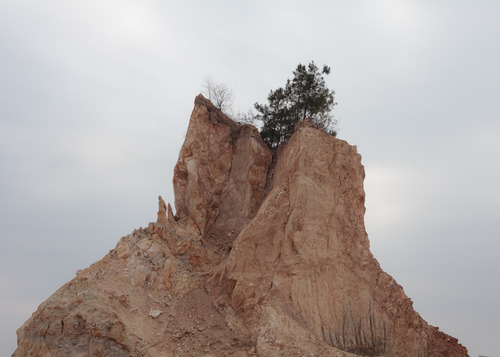
© Jiehao Su from the series 'Homecoming’
Do you have any preferences in terms of cameras and format?
JS: I feel that it is more and more difficult to work with the analog camera nowadays, though I still enjoy working with them. I am open to using digital media as well. I choose different cameras for different projects, from 135 DSLR to 6x7 Medium Format Camera and 4x5 View Camera.
Is there any contemporary Chinese artist or photographer that influenced you? Other authors that interest you now?
JS: As someone who was born and raised in China, someone who is strongly influenced by the Chinese culture, I naturally find my spiritual home in the Chinese traditional philosophy. My photography is therefore deeply rooted in my Chinese cultural background. Having said that, my artistic creation is mainly influenced by Western artists. Many Western artists have directly influenced my work, such as Gerhard Richter, Thomas Struth, Robert Adams, Joel Sternfeld, Paul Graham, Rineke Dijkstra, Elina Brotherus and many more. And I really love the music of J.S. Bach. I feel like there are connections between music and visual arts.
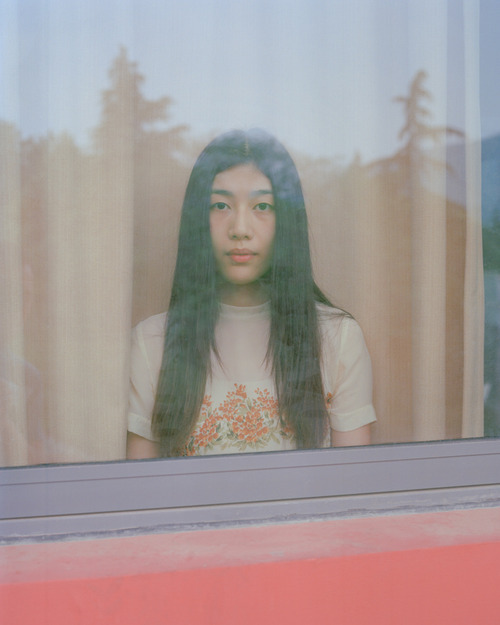
© Jiehao Su from the series 'Borderland’
Three books of photography that you recommend?
JS: It is really difficult to choose among the many great books of photography I have read. In terms of general books, I would recommend The Nature of Photography by Stephen Shore, among many others. As for readers who would like to share my personal interest, I would recommend Still by Thomas Struth and Portraits: Retrospective by Rineke Dijkstra, among many others.
Is there any show you’ve seen recently that you find inspiring?
JS: There are many recent shows that I found interesting and inspiring. To name a few, the California based artist Jo Ann Callis’ solo exhibition: Honey at Rose Gallery in Los Angeles; The Nightingale, an interesting video work I saw at Metropolitan Museum, New York by British artist Grace Ndiritu as part of the exhibition Now You See It: Photography and Concealment; and Carrie Mae Weems’ retrospective at Guggenheim Museum, New York, etc.
Projects that you are working on now and plans for the future?
JS: I am still working on the project Borderland. This is my main project now and I plan to finish it next year and make a photobook of it. As for future plans, I think I will pursue a MFA program in the United States in the near future.
---
LINKS
Jiehao Su
China
share this page